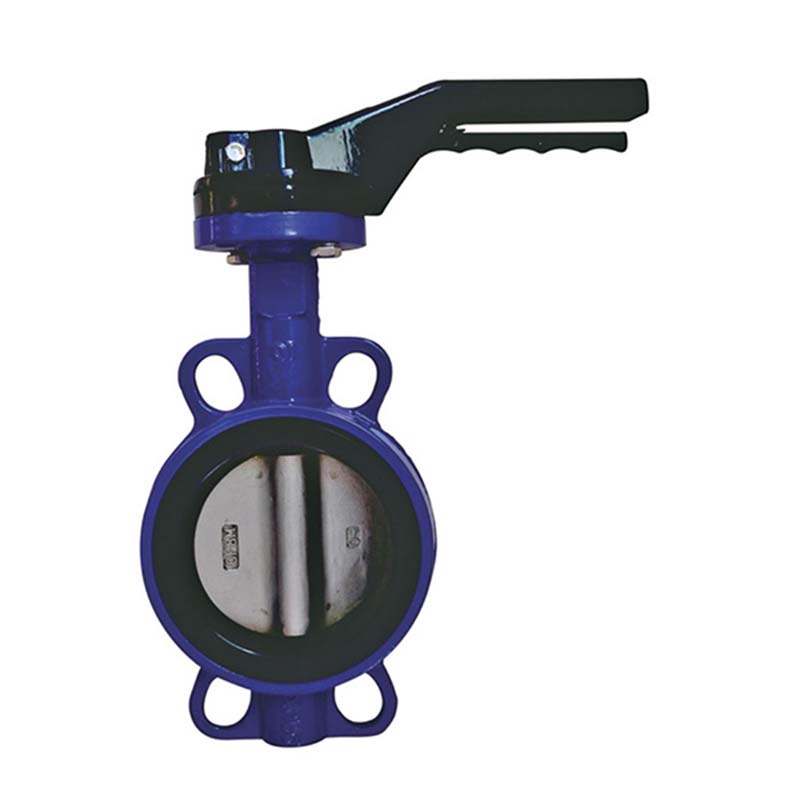10 月 . 12, 2024 18:54 Back to list
foot valve
Understanding Foot Valves Essential Components in Fluid Management
Foot valves are crucial components in various fluid management systems, especially in applications related to pumping and fluid transport. These one-way valves are typically installed at the base of a suction line, allowing liquid to flow in only one direction, while preventing backflow when the pump is turned off. Understanding the function, types, applications, and maintenance requirements of foot valves can significantly impact the efficiency and longevity of fluid transfer systems.
The Function of Foot Valves
Foot valves serve a groundbreaking purpose in managing the flow of liquids during the suction phase of pumping operations. When a pump is activated, it creates a vacuum that draws liquid from the source—be it a well, tank, or reservoir. The foot valve opens, allowing the liquid to flow toward the pump. Once the pump is turned off, the foot valve closes, preventing the liquid from flowing back into the source. This action helps maintain the prime in the pump, ensuring it does not need to be re-primed each time it is activated, thus enhancing operational efficiency.
Types of Foot Valves
Foot valves can be classified into several types based on their construction and materials used. The most common types include
1. Ball Foot Valves These are equipped with a ball mechanism that serves as a sealing device. When the pump is running, the ball lifts off its seat, allowing fluid to pass through. Once the flow stops, gravity ensures that the ball returns to its position, sealing the valve against backflow.
2. Disk Foot Valves These are similar in function to ball foot valves but use a disc-shaped sealing mechanism. They are often preferred for applications that require a larger flow area and can handle debris more effectively.
3. Strainer Foot Valves These valves combine the functions of a foot valve and a strainer. They prevent debris from entering the pumping system, ensuring that only clean liquid is drawn into the pump.
The choice of foot valve depends on the specific requirements of the pumping system, including the type of liquid being pumped, the required flow rate, and the conditions under which the system operates.
Applications of Foot Valves
foot valve

Foot valves are widely used across various industries and applications. In agricultural irrigation systems, for example, foot valves are employed to ensure that water from wells or reservoirs is efficiently pumped to fields. In municipal water supply systems, they play a critical role in maintaining the integrity of water distribution, preventing contamination by backflow.
Additionally, foot valves can be found in fire protection systems, where they ensure a reliable supply of water for firefighting efforts. They are also used in industrial processes, where consistent fluid flow is necessary for maintaining production lines.
Maintenance of Foot Valves
Proper maintenance of foot valves is vital to ensuring their longevity and effective operation. Regular inspections should be conducted to check for signs of wear, leaks, or damage. Common issues may include debris buildup that can obstruct the valve mechanism, leading to backflow or inefficient operation.
To maintain foot valves, it is essential to
1. Clean Regularly Remove any accumulated debris or biofouling that may affect the valve’s performance. Strainer foot valves, in particular, should be inspected frequently.
2. Check Seals Ensure that the sealing mechanisms are intact, as worn or damaged seals can lead to leaks or failure to prevent backflow.
3. Monitor Performance Observe the operation of the pumping system closely. Unusual sounds or fluctuations in flow may indicate issues with the foot valve.
4. Replace as Necessary If a foot valve shows significant wear or is no longer functioning effectively, replacing it promptly can prevent larger issues in the pumping system.
Conclusion
Foot valves are unsung heroes in the world of fluid management, ensuring efficient and reliable fluid transfer while preventing backflow. By understanding their function, types, and maintenance needs, users can optimize the performance of pumping systems and ensure the longevity of their equipment. Whether in agriculture, municipal services, or industrial applications, foot valves remain integral to effective fluid management. Proper attention to these components will lead to smoother operations and increased efficiency across various applications.
Share
-
Understanding the Differences Between Wafer Type Butterfly Valve and Lugged Butterfly ValveNewsOct.25,2024
-
The Efficiency of Wafer Type Butterfly Valve and Lugged Butterfly ValveNewsOct.25,2024
-
The Ultimate Guide to Industrial Swing Check Valve: Performance, Installation, and MaintenanceNewsOct.25,2024
-
Superior Performance with Industrial Swing Check Valve: The Essential Valve for Any SystemNewsOct.25,2024
-
Industrial Swing Check Valve: The Ideal Solution for Flow ControlNewsOct.25,2024
-
You Need to Know About Industrial Swing Check Valve: Functionality, Scope, and PerformanceNewsOct.25,2024